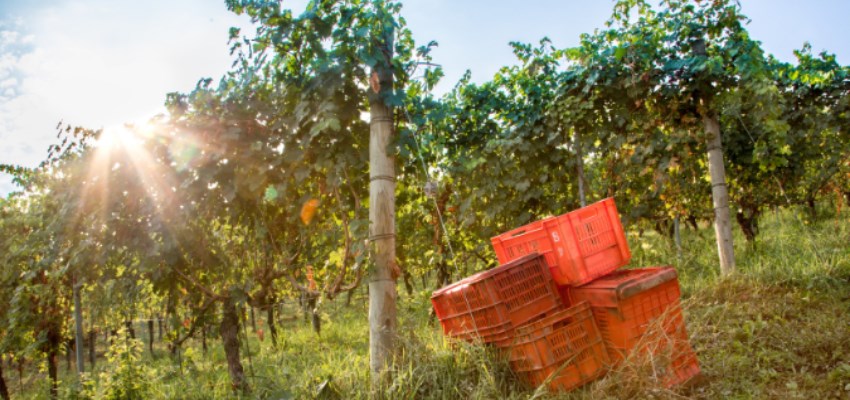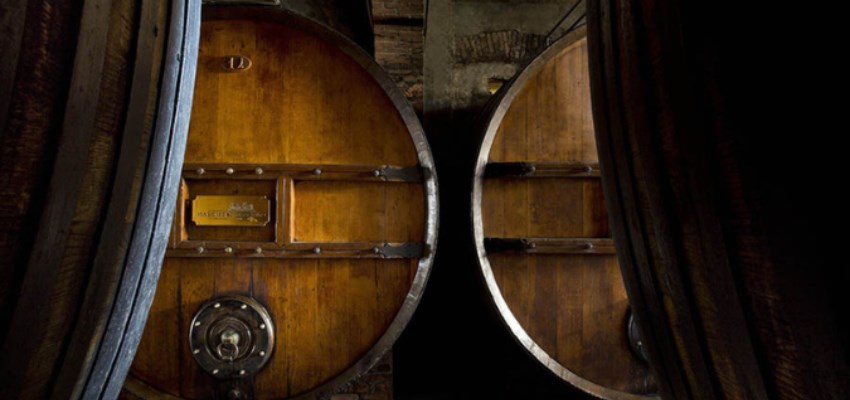Friday, 29 March, 2024
Club Oenologique, Sarah Heller MW
Though many bemoan the slow pace of change in the world of wine, followers of Barolo and Barbaresco over the past few decades would likely beg to differ. Given how much viticultural and oenological pendulum swinging has occurred since the late 1990s, you could even say it’s a surprise that today’s wines are even recognisably the same as examples from twenty years ago – perhaps a testament to Nebbiolo’s (and the Langhe’s) sheer force of identity. Once known for surliness and slow evolution, these wines seem to have evolved from Lynx to British shorthair to graceful Burmese in just over a generation.

Nebbiolo has that elusive combination of irresistible perfume, moderate body regardless of alcohol and immense structure that is jet fuel for longevity – a quality that historically limited its appeal to just those who were willing to wait. The whole (now thoroughly passé) modernist/traditionalist debate was, after all, about whether to use tools like barriques and roto-fermenters (plus dramatically reduced yields) to boost drinkability or stick to the ‘old ways’ and cross your fingers for 10+ years.
However, the days of winemakers and collectors blindly accepting this quandary of either/or are long gone. The tools of today are generally subtler (for one thing, nobody is using any chainsaws): most maturation regimens incorporate a plethora of vessel sizes and materials; some ‘high modernist’ tools remain but with vital modifications; some imported techniques are adapted to fortify fruit and temper tannins, but rarely adopted whole cloth.

Though Slavonian botti have prevailed, barriques frequently still appear shortly after fermentation for an edifying early dose of oxygen: Marchesy di Gresy’s wines spend a year in barriques before heading to botti then cement. These botti are typically neutral – Gianni Gagliardo’s are 10-12 years old, providing gentle oxygenation without vanilla spice.
Click HERE to read the full article.